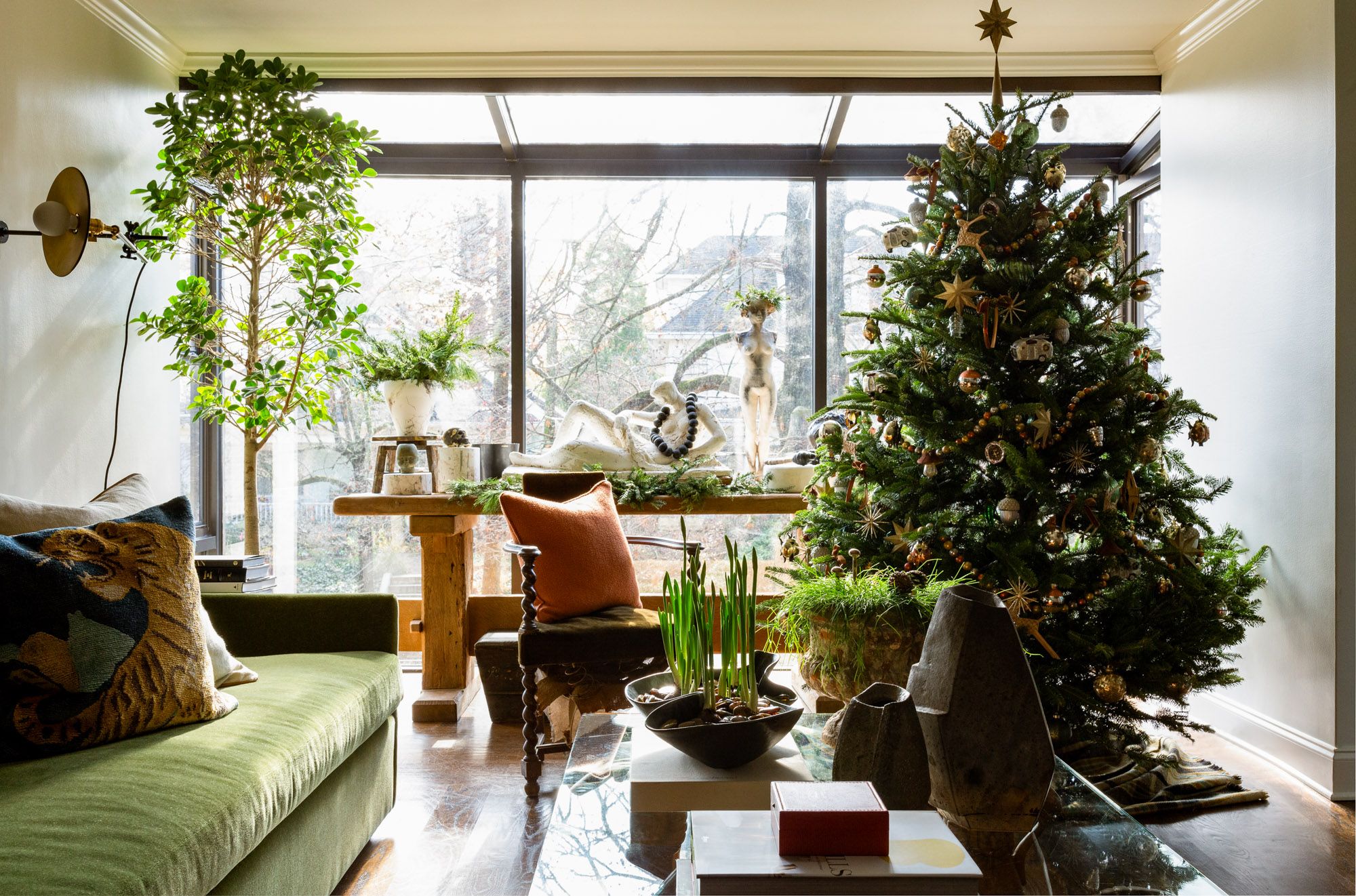ART WORLD NEWS
Journey of Christmas Trees: Unveiling their Story from the Past to the Present
A recurrent theme of Christmas tree shortages and price surges has become almost as customary as the festivities themselves.
Let’s delve into the intriguing history of how Christmas trees, both genuine and artificial, evolved into an integral part of our holiday traditions.
The Roots of Christmas Trees:
The use of greenery for holiday celebrations predates the common use of the term “Christmas tree”. Historical records from 15th and 16th-century rural English churches indicate the purchase of holly and ivy during winter festivities, as reflected in the British carol The Holly and the Ivy. Private residences and streets were adorned with greenery during this period, as documented in Judith Flanders’ “Christmas: A Biography.” Flanders suggests that a precursor to the Christmas tree can be traced back to poles adorned with holly and ivy by parishes, resembling a winter Maypole. One account even describes a London storm toppling a pole designated “for the amusement of Christmas to the people.”
Numerous myths surround the origins of Christmas trees, with one legend attributing their significance to Martin Luther, who linked pine trees with the benevolence of God. Another tale from the 15th century involves St. Boniface thwarting a pagan sacrifice under an oak tree, leading to the growth of a fir tree symbolizing Christ’s eternal truth. While these myths may have contributed to the tradition, the true origins of Christmas trees seem to lie in medieval Germany.
In 1419, a guild in Freiburg erected a tree adorned with apples, flour-paste wafers, tinsel, and gingerbread. “Paradise Plays” performed on the feast day of Adam and Eve represented a tree of knowledge with an evergreen fir and apples tied to its branches. The oldest Christmas tree market is believed to have existed in Strasbourg in Alsace during the 17th century, where unadorned Christmas trees were sold as “Weihnachtsbaum” (German for Christmas tree). The first documented decorated indoor tree dates back to 1605 in Strasbourg, adorned with roses, apples, wafers, and sweets.
The Rising Popularity of Christmas Trees in the U.S.:
References to Christmas trees in North America’s private homes or establishments date back to the late 18th and early 19th centuries. Examples include a mention of a pine tree in North Carolina in 1786 and a Moravian missionary school in 1805 sending students to fetch a small green tree for Christmas. However, the iconic image of a decorated Christmas tree with presents underneath originated from an 1848 engraving of Queen Victoria, Prince Albert, and their children, published in the Illustrated London News. This image played a pivotal role in popularizing the tradition in the United States.
The Evolution of Christmas Trees:
In December 1964, TIME magazine highlighted a new Christmas trend — artificial trees. Polyvinyl versions, appearing more realistic than ever, constituted approximately 35% of the $155 million Christmas tree business in the U.S. at that time. Fast-forward fifty years and artificial trees still dominate the industry, with 82% of the roughly 95 million American households having artificial trees in 2018.
Various factors contribute to this dominance, including the challenges posed by climate change, the lengthy time trees take to grow, and shortages of tree farmers. While artificial trees are touted for their lower environmental impact, the National Christmas Tree Association emphasizes the support for local economies provided by real trees, which are grown in the U.S. and Canada. They argue that real trees are renewable resources and recyclable, unlike artificial ones that may contain non-biodegradable components.
As we navigate an increasingly artificial world, the Christmas tree stands as one of the last remnants of nature, embodying a timeless tradition that connects us to the natural essence of the holiday season.













